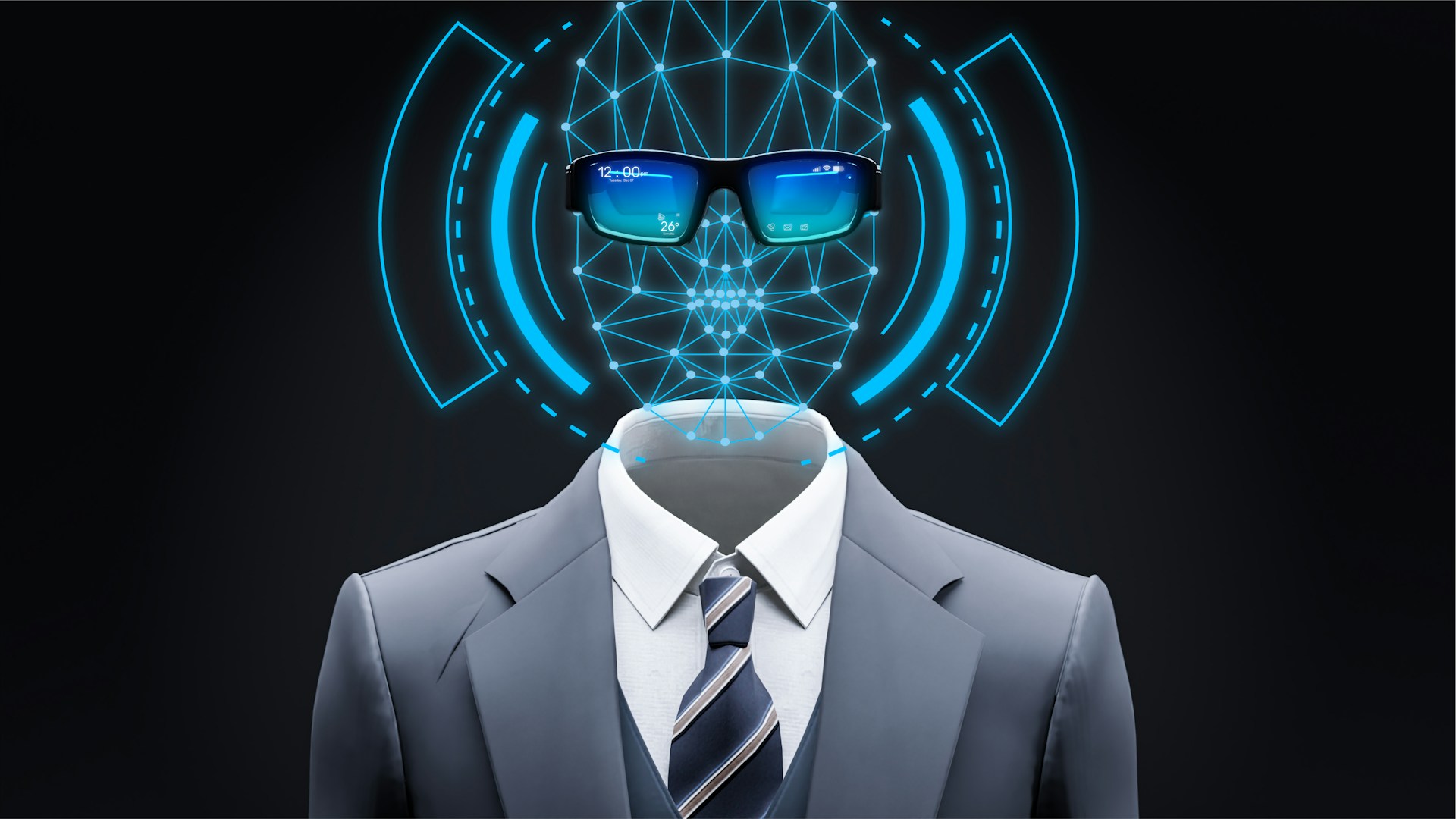
In a digital ecosystem where threats are evolving faster than ever, leadership in IT & cybersecurity has emerged as a critical success factor. It’s no longer enough for organizations to rely solely on advanced technologies or skilled professionals. Instead, success increasingly hinges on strategic, forward-thinking leadership that aligns cybersecurity goals with broader business objectives. Without strong, unified leadership, even the most sophisticated IT infrastructures can crumble under pressure from threats, both internal and external.
The Strategic Value of Leadership in IT & Cybersecurity
Cybersecurity is not just a technical issue—it’s a strategic business priority. Leaders who understand this are reshaping the way organizations approach risk, innovation, and resilience. Leadership in IT and cybersecurity ensures that risk management isn’t isolated in silos but integrated into enterprise-wide decision-making.
When top-level leaders treat cybersecurity as a boardroom concern, it fosters a culture where security is embedded in every project and product. Visionary leadership enables faster response times, better resource allocation, and cross-departmental collaboration. This strategic mindset transforms cybersecurity from a cost center into a value creator, building trust with customers, stakeholders, and partners.
Creating a Security-Centric Culture
At the heart of effective leadership in IT and cybersecurity is the ability to influence organizational culture. Cybersecurity awareness must go beyond compliance checkboxes and become a shared value. Leaders set the tone from the top—if the executive team treats security seriously, employees across all levels are more likely to follow suit.
Establishing a security-centric culture involves more than memos and training sessions. Leaders must model their expected behaviors: using secure passwords, participating in simulations, and treating data carefully. Regularly communicating the “why” behind policies empowers employees to become proactive defenders, not just passive rule-followers.
In organizations where culture is driven by intentional leadership, employees report incidents faster, follow protocols more diligently, and feel a shared sense of responsibility for data protection.
Aligning Security Goals with Business Objectives
Strong leadership in IT and cybersecurity is about bridging the gap between technical teams and business units. When cybersecurity goals align with business strategies, organizations can innovate confidently and manage risk more effectively.
For example, an IT leader who works closely with product development teams can ensure that security features are integrated early in the design process, saving costs and avoiding last-minute compliance issues. Similarly, aligning with marketing or legal teams can prevent brand damage during incidents and proactively ensure regulatory requirements are met.
The result is a more agile, secure, and competitive business environment. Leadership that brings cybersecurity into strategic planning helps organizations move beyond reactive defense to proactive growth.
Responding Effectively to Crises
Cyber incidents are inevitable, but their impact depends heavily on how leadership responds. Whether it’s a ransomware attack, data breach, or operational outage, leadership in IT and cybersecurity plays a defining role in minimizing damage and accelerating recovery.
Leaders must act quickly during a crisis, communicate clearly, and maintain transparency with stakeholders. They must coordinate across departments, manage external communications, and support incident response teams with the authority and resources needed to act decisively.
Effective crisis leadership involves:
- Pre-established incident response plans
- Clear decision-making hierarchies
- Real-time communication channels
- Emotional intelligence to maintain team morale
Organizations with strong leadership recover faster, suffer less reputational damage, and often emerge more resilient than before.
Developing the Next Generation of Cyber Leaders
Given the increasing complexity of the digital landscape, future-ready organizations must invest in leadership development within IT and cybersecurity teams. Developing talent pipelines ensures the organization is prepared for transitions, growth, and unexpected events.
Strong leadership in IT & cybersecurity doesn’t happen by accident. It requires:
- Mentoring programs to pass on institutional knowledge
- Rotational assignments to broaden team members’ perspectives
- Leadership training focused on communication, strategy, and risk management
- Opportunities for emerging leaders to take on visible roles in projects and planning
By intentionally developing leadership capacity, organizations reduce dependency on a few key individuals and ensure long-term continuity in cyber resilience.
The Role of Collaborative Leadership
Modern cybersecurity challenges require cross-functional cooperation. Leaders who foster collaboration across departments—HR, legal, finance, operations—create a holistic defense strategy. After all, a phishing email can be just as devastating as a firewall misconfiguration.
Leadership in IT & cybersecurity that promotes cross-functional teamwork helps eliminate silos and encourages a unified response to threats. For example, involving HR in cybersecurity awareness training ensures that employee onboarding includes secure behavior practices. Working with finance allows for better investment in security tools and ROI tracking. Legal teams ensure compliance with data protection regulations.
Here are a few ways effective leaders foster collaboration:
- Hosting cross-departmental security drills
- Including non-technical stakeholders in cybersecurity planning
- Regularly reviewing cybersecurity metrics in executive meetings
- Establishing shared KPIs that emphasize organizational resilience
Such collaborative leadership ensures that cybersecurity isn’t “someone else’s job”—it becomes everyone’s responsibility.
Essential Qualities of IT and Cybersecurity Leaders
Cybersecurity leaders must excel in their roles by possessing more than technical acumen. The fast-changing threat landscape demands adaptability, empathy, and business-savvy thinking.
Key traits of exceptional leadership in IT & cybersecurity include:
- Strategic vision: The ability to anticipate future risks and plan long-term solutions
- Effective communication: Translating complex technical concepts for non-technical stakeholders
- Decisiveness under pressure: Making timely calls during high-stakes situations
- Team empowerment: Trusting experts while guiding them toward shared goals
- Adaptability: Embracing change and encouraging innovation
These qualities help leaders defend their organizations and drive progress, enabling digital transformation without compromising security.
In today’s dynamic digital environment, leadership in IT & cybersecurity is a decisive factor in organizational success. Effective leadership influences every aspect of cybersecurity performance, from shaping culture and aligning strategy to managing crises and developing future leaders.
While technology and tools continue to evolve, the need for visionary, adaptable, and collaborative leadership remains constant. Organizations that recognize this and actively cultivate strong leadership at all levels are better equipped to face cyber threats, maintain trust, and thrive in the digital era.